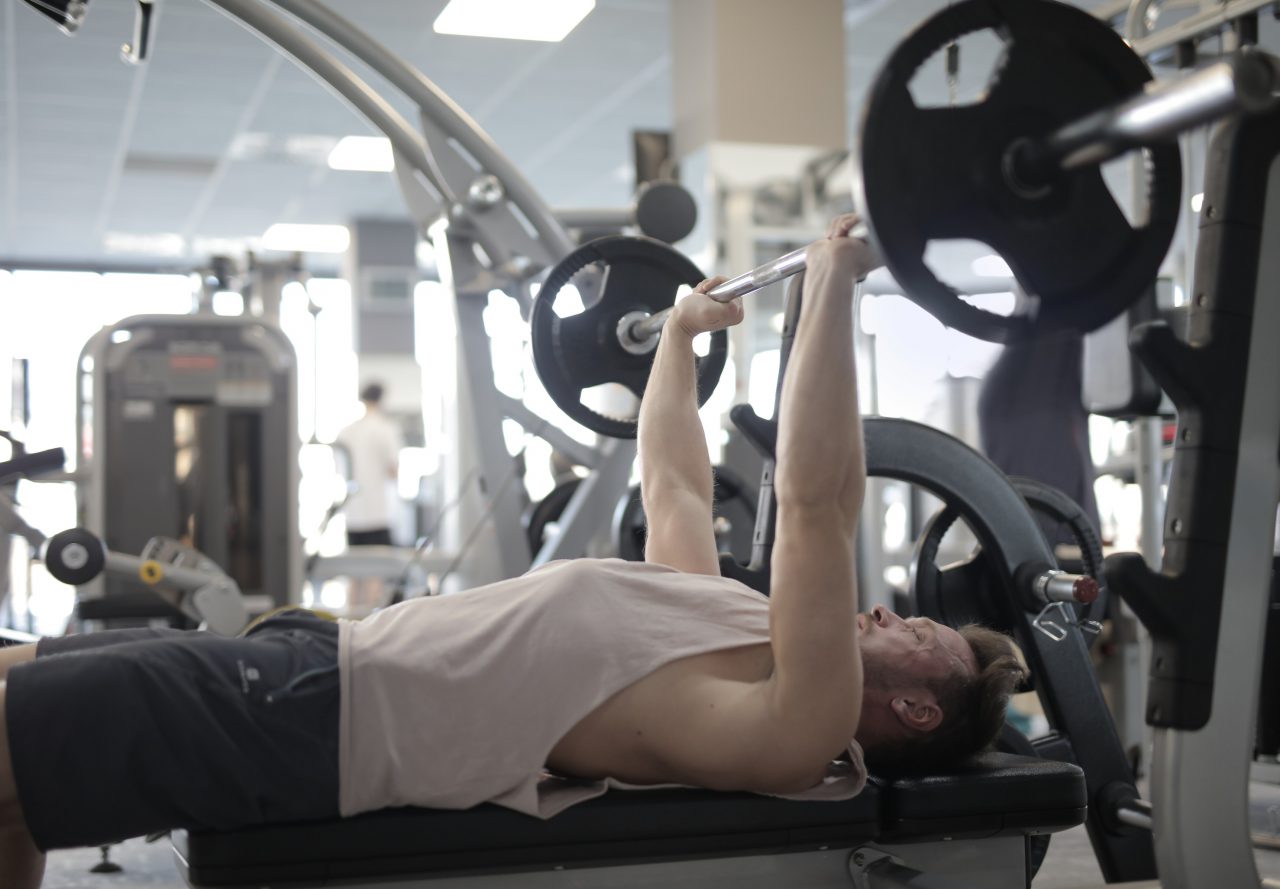Intensity is something we need to seriously look into improving session by session. Without improvement each time you train our results will not be maximal.
Intensity can be individually adjusted to each person’s goal, whether it’s a timed goal for a run, a fat loss goal, or a lean muscle growth goal. If your looking to improve muscle mass directly would you try to improve a 5k time each time you’re running or would you look to push heavier weights every time you’re in the gym compared to your last session?
Everywhere around the gym, I can see people pushing the same weights they did 3 months ago. So, their lack of building intensity will not maximize their results. Don’t feel into the trap of being comfortable every time you train! We can only be comfortable with being uncomfortable overwise it’s the end of your results road.
Progressive Overload
Progressive overload is the number 1 thing anyone looking to build muscle should look into! When training, you log your exercises and weights week in and week out; without doing so you better have a good memory of what you did the previous week.
To better understand progressive overload I’m going to use the classic exercise bench press as an example. I want to show the different ways you can use progressive overload around a certain exercise in the gym to build the intensity of your workout.
3 Sets Barbell bench press for 10 reps at 60kg:

Now how can we use progressive overload to build the intensity of this one exercise?
1.) Increase the volume of sets and/or reps:
So last week we did 3 sets of bench. Let’s do 4 sets this week of 10 reps at 60kg or even keep the sets at 3 but push the reps up to a count of 11 or 12. Taking the sets from 3 to 4 sets has increased the volume of that exercise by over 20% more weight lifted. Alternatively, changing the reps from 10 to 12 over 3 sets will increase the volume by around 15% more weight lifted.
2.) Increase the weight:
Very simply by adding more weight even if it’s the puny looking 1.25kg weight plates is increasing the intensity of your workout. More weight means more muscle fibre recruitment to lift that weight. This week we will take the 60kg weight on the bar to 62.5kg by adding a 1.25kg on each side of the plate. This will increase the total weight lifted over the 3 sets by an additional 75kg just from the weights you never see anyone using.
3.) Increase the tempo of reps:
Without even touching the weight, sets or reps, we can still increase the intensity by playing around with the tempo in which we perform the reps at.
An example of a tempo is 2121. This means a 2-second eccentric (lowering of the bar to the chest), a 1-second hold at the bottom range of motion followed by a 2-second concentric (pushing of the bar away from the chest), ending with a 1-second pause at a maximum range of motion before performing the next repetition.
Taking this 2121 tempo we can increase the intensity by changing this to a 4121 tempo increasing the time it takes to lower the bar to our chest before pausing and pressing by creating a greater time under tension (time your muscles are active).
Note: Without the use of Trainerize, a log book, or some other method of recording your exercises, sets, and reps this will be a lot more difficult to control each time.
Training Systems
There are a few different types of training systems one can implement into their programme to build intensity. The most classic of these is a superset which is the combination of 2 exercises working either the same (Agonistic) or the opposite (Antagonistic) muscle groups without rest in between.
Other examples of training systems include pyramid sets, tri-sets, giant sets, negatives, and drop sets. Experiment with these to find out which you feel is harder to perform and implement them into your workout.
Isolation to Compounds
Many of my programmes for my clients will start off fairly isolated compared to future programmes to teach someone how to properly control a particular muscle group and build the neurological pathways necessary to connect with any movements.
Over time, I will reduce these to almost 0 isolation movements because incorporating what we call compound movements we engage multiple muscle groups at one time. Yes, you guess it: more muscles needed, more intense the exercise!
Try swapping a simple machine seated shoulder press to a full clean and press and feel the difference after the set.
Times

You can use the times in a variety of ways to build the intensity of a workout one of which we already discussed would be tempos and time under tension.
Decreasing rest times, increasing the time of your high interval in HIIT training, decreasing the overall time of your workout to get your sets done quicker or even as simple as increasing the duration at which you perform your cardio.
My favourite way to implement an increase in intensity to my clients is to give a time goal to perform a circuit of 4-6 exercises and reps in one week they complete the circuit 4 times in 10 minutes the next I’ll show them the timer counting down from 9 minutes 30 seconds to quicken the pace of their repetitions and push them to decrease their own rest times.
Next time you’re stuck without seeing or feeling any noticeable progress try to implement one or some of these things into your training programme so you’re improving every time you finish your workout by increasing the intensity of your workouts.
Remember to always BE COMFORTABLE WITH BEING UNCOMFORTABLE.



